Inventory, shipping, fulfillment, payments, accounting – these are all issues that every Shopify and e-commerce entrepreneur faces. There’s plenty of solutions that work for each individual problem, but connecting it all together can be a pain. Lettuce Apps provides a fully comprehensive solution for these needs and brings it all into one hub.
This week I sat down with Nima Patel from LettuceApps for a presentation on what they offer, and a Q&A Session for common questions I get from my Shopify clients.
Clayton: Hi, this is Clayton from Shopify Nation and I’m here with Nima Patel from Lettuce Apps
Nima: Hey there!
Clayton: Hey, so let’s start with a walk-through of Lettuce Apps and all the core features they have to offer.
Nima: So here we have bullet points for everything which is handled in the inventory management solution for small businesses. These are product-based businesses so if you are selling or being online through your own store, then you can use Lettuce to manage all of your orders and inventory at the backend.
Nima: First lets dive into what is recognized as 4 types of product types. Lets start with an example – you have all these pieces that make your end product. If you are selling a bike you have a wheel, a handlebar, a seat and these individual assemblies then form a full product which let us recognize us all of it.
Now let’s say you have different variation of each of your products, like a fixed gear bicycle that comes in red, blue and green, and you have a single speed bicycle that comes in different colors as well. All of those will be recognized as a variant inside of Lettuce, and if you bundle all these products together then we call them case packs. So if you’re product based business and you are selling products with these sort of variations, then Lettuce will be the right system for you.
Nima: The next step I wanted to talk about is product specification, which Lettuce recognizes pretty well at the back-end. You need to be able to track products through the entire funnel – from the manufacturer all the way to the point when it reaches the retail store and end customer.
The way we track all of that is by assigning a specific name or SKU to each product, as well as many other product specifications. The main reasons for this is so we have a pre-robust product page right inside of Lettuce where you can keep track of everything. You can keep track of your inventory, your base costs, weights, etc. and we highly encourage that people do this. Where we face drawbacks, especially with younger companies, is that they don’t track everything.
Nima: The next advice is to measure everything – and one of the best ways to do this is through automation. Lettuce will do work for you, and we automate all of the back-end processing that you would otherwise be doing manually. For example you need to process that order, deduct inventory from all of your other channels, ship that order, make sure it’s gotten to the warehouse, and contact UPS or whoever your shipping provider is.
Lettuce condenses of that into a 3 part flow that takes 5 seconds to complete each order with all of your information populated. That saves people an incredible amount of time, so in order to really see the fruits of your labor you need to focus on having all of your data in the system and measure your results. One of the key things Lettuce does is it keeps all information in an analytics tab, where you can see analytics based on products, quarter or time of month, and you who your best or most loyal customers are. You can visualize that and see that data easily, and so that’s one of the biggest pieces of advice that we give our customers – without measuring you can’t really grow because you don’t know what’s working and what’s not.
The third thing that we encourage people to do is to systematize, and Lettuce does this for you. The way it works is you get an order from a postal or e-commerce channel into Lettuce. You’ll then process your order, ship it, process the credit cards, save the information to your accounting and other backend systems – Lettuce handles all of that for you. The third step is fulfillment – like I said, you need that product out of the warehouse to the shipping carrier. So this entire process can either be done manually, or you can use inventory management system like Lettuce in order to get it done.
The problem right now that we see with new micro-entrepreneurs and established companies alike is that we have all these sales channels we are selling on, and the inventory is not correct because these systems are not talking to each other. You selling via wholesale or e-commerce on marketplaces, and you need to push that data to your accounting systems, CRM, shipping, inventory, etc… how do you do that?
Nima: That’s where we come in – we are the operating system behind an e-commerce businesses. We automate that entire flow. And now the recent Lettuce acquisition by Intuit, all of that functionality is actually going to rolled into one, making it super easy for you and probably cheaper so that you are not paying for two different systems to get all of this done.
Just to give you quick idea of what Lettuce offers in particular, we have 3 pieces to our product:
Part 1: Lettuce Hub
The first is the Lettuce Hub which is the web application. This is where you will be spending your time everyday to see all of your sales, customers, new orders that need to be processed, what your inventory is looking like today, and shipments you need to get out today. So that will be going to be like your daily tracker for things to do and also where you are going to doing most of your work.
Part 2: Lettuce Mobile
We also have a mobile component, and this is actually how the Lettuce started – through the iPad app. Think of our mobile component as a wholesale POS. If you have a trade show, you can use the iPad app to capture orders without even needing a Wi-Fi connection. What you can do is turn your Wi-Fi OFF and you can still keep collecting orders. Later on when you are re-connected to your internet, we will upload all those orders to your Lettuce account and then you can go and process them at your own time. This is great for wholesalers because you often times you don’t need to process those orders right away. Many times you have net 30, 60 or 90 terms, so all you really need to do is get those orders in the system. So, I would say think of this as your digital line sheet.
Part 1: Lettuce Hub
The last, and what I feel is one of the more exciting components of our app, is our Wholesale Portal. We have a lot of customers who are using this right now and they absolutely love it. There are some customers who sign-up just to use this, and then they are using a different service for their inventory solutions.
Our Wholesale Portal is your customized, private, wholesale portal for e-commerce store for only your wholesale products. So the way it works is you have a vendor you are working with or you have a retail store. You want them to be able to place the orders without sending emails, fax or calling you. This is your store that is available 24/7, and if they are at your store they can login and place the order, where you can then see them the next day.
The key thing here is your vendors can login, so you can invite to whoever you want to your Wholesale Portal. They will then have a username and password, and people can request to get in where you decide to accept or decline them. You can also split people up based on customer types, so they only see a certain segment of products or specific prices. You might have some retail customers who you give products to ad a discount, and then you might have other sorts of customers who you actually want to charge more for. You can take care all of that with the Wholesale Portal so it’s a pretty powerful tool and its actually included in our highest tier.
So wraps up what Lettuce does and how we think about organizing your inventory system and products.
Clayton: Thanks Nima! So I have a couple of questions that I tend to get from my clients when I talk to them about Lettuce. One common question is: there’s obviously a lot of different inventory and fulfillment solutions out there for Shopify. Can you tell me about how Lettuce differs from other solutions?
Nima: Sure, so in order to do everything Lettuce does, you would probably need to download multiple apps and probably pay a nominal fee each one. The beauty of Lettuce is that we take the mobile, we take the wholesale portal, and we take the inventory management system and move it all into one affordable price. So I think that’s why people, and specially the Shopify community, really seek out Lettuce versus some of the other apps
Clayton: Could you tell me a bit about what your typical Shopify customer is like?
Nima: Sure, I’ll actually showcase one of our most successful customers who have been with us most longest: Pure Fix Cycles
They are a medium-sized businesses (about 30 employees) and have been very successful, and they are still on Lettuce. So they are able to manage hundreds or thousands of orders in a month, including not just the e-commerce, but also the Wholesale Portals and managing all of that through Lettuce.
At the other end of the spectrum, we are also able to accommodate for the micro entrepreneurs. Let’s say you are only at your first or second production cycle, you’re just getting started out, and your first inventory management solution before this was pen and paper or documents. We accommodate for that too. We have a starter tier at $39/month but you get all of our higher-tier functionality all the way up until you hit a 100 orders. So it’s a great way for people to test out Lettuce while they are still researching a different kinds of applications.
Clayton: If I were a drop shipper and I have a many different warehouses where I need to communicate my orders to, would Lettuce help me to be able to handle that?
Nima: Lettuce would not be the ideal system for you if you are a dropshipper. That’s actually a functionality that a lot of these holistic inventory management system don’t offer, but there are some very specific apps which you can use just for dropshipping.
Clayton: Let’s say I was just starting out, new to e-commerce, and didn’t know much about how the whole fulfillment system works yet. I am still new to integrating with UPS and order shipping labels and everything of that nature – will the Lettuce be able to help me walk through that process?
Nima: 100%. Right now we offer a whitebox service, and whether you are a starter tier or in the highest tier, we offer you a custom setup with our agents. We also see ourselves not just as agents setting people up and fixing bugs, but also as small business consultants. Many times people come to us and they don’t know how the stuff should work or what the best practices are for order inventory management because they are still learning. When you’re still growing or have just started the business, that’s where we can really help you to understand why you need to do things the way we suggest.
Clayton: And on the other side, if I already have been running a store for maybe about a year and I’m currently using another system out there, how easy would it be for me to transfer over to Lettuce?
Nima: It just depends on type of system you are using. How it is easy for you to export your data out of that system? That’s the number one question I would ask, because if it is as easy as dumping an excel file onto your computer then Lettuce will be able to accommodate that. We have a pretty robust import and export functionality where so you can import orders and products. So it honestly depends on that system which you are currently using.
Clayton: Are there any other common questions you tend to get from Shopify store owners?
Nima: One kind of “wow” moment people have is when they see the processing flow from Lettuce. That’s where the magic of Lettuce is – you kinda have to see it to believe it, but people will have a hard time understanding the value of the Lettuce until they actually use it. When I say processing an order takes like 5 seconds, that means you save like hours of time. So I believe that you should definitely find an order processing system for your business, and do it early on – you should not wait.
Clayton: Awesome! If I wanted to get started, how would I do that?
Nima: Just go to www.lettuceapps.com and putting a name and email and then go to the signup form and If you like to talk to our sales rep to get a personalized demo to really see how we can help your business succeed then our sales rep will start with you the same day.
Clayton: Thank you for your time Nima! Lettuce Apps is a pretty comprehensive solution, and I recommend all Shopify merchants to go check it out.
Nima: Yep, thanks your time as well!
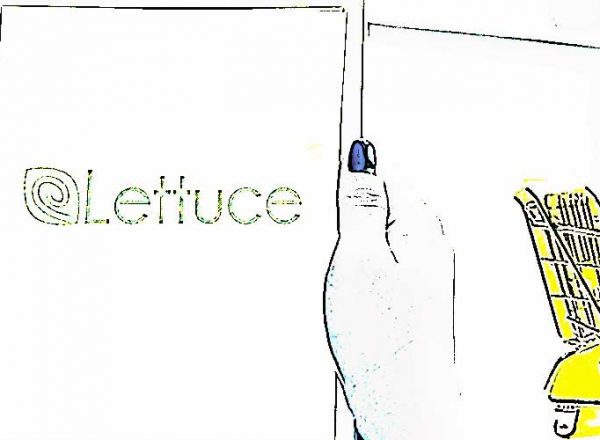

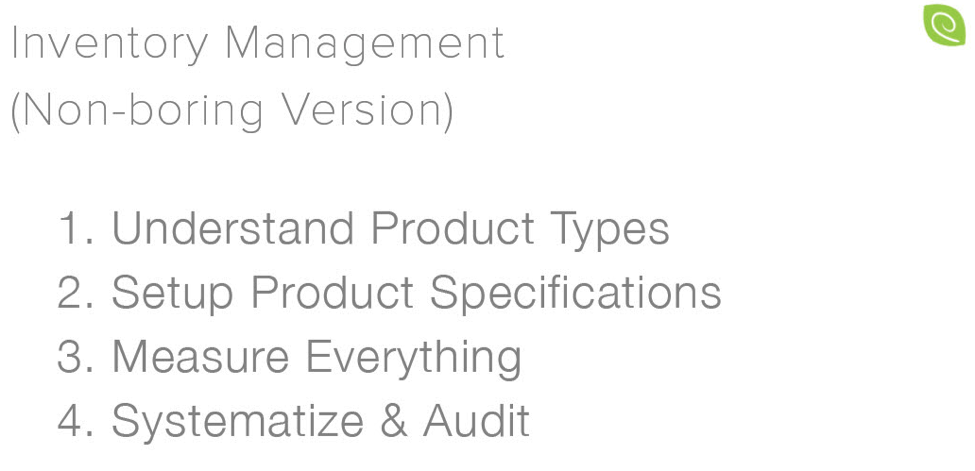
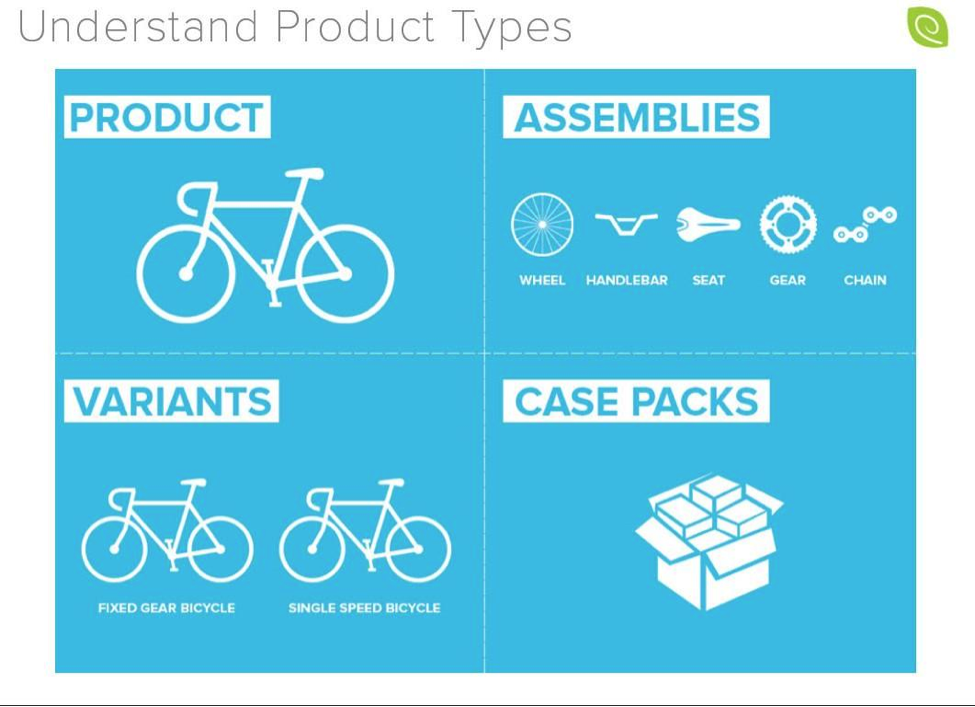
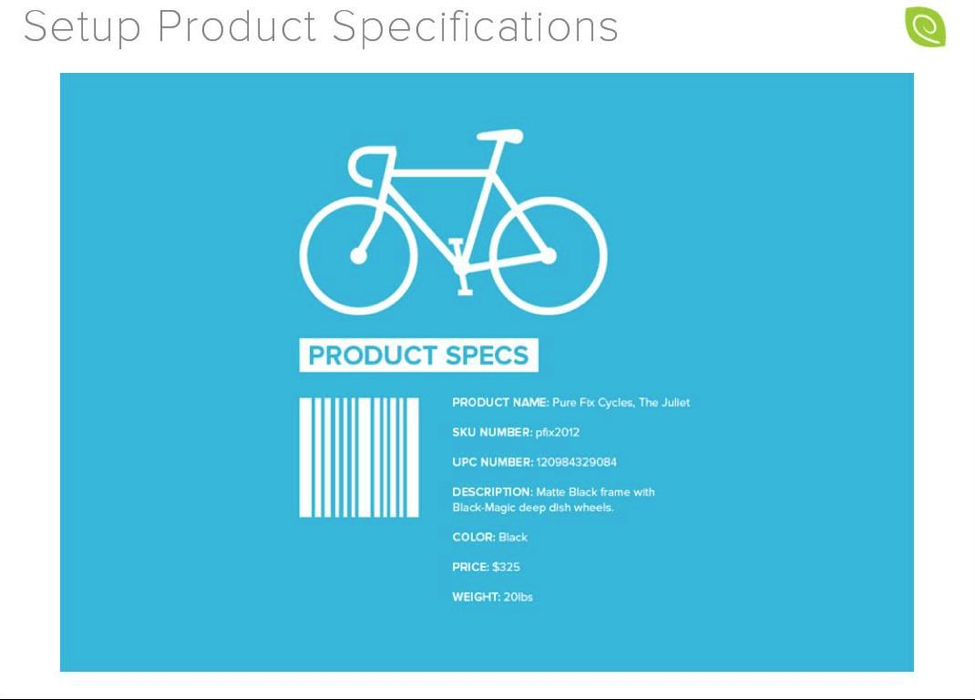
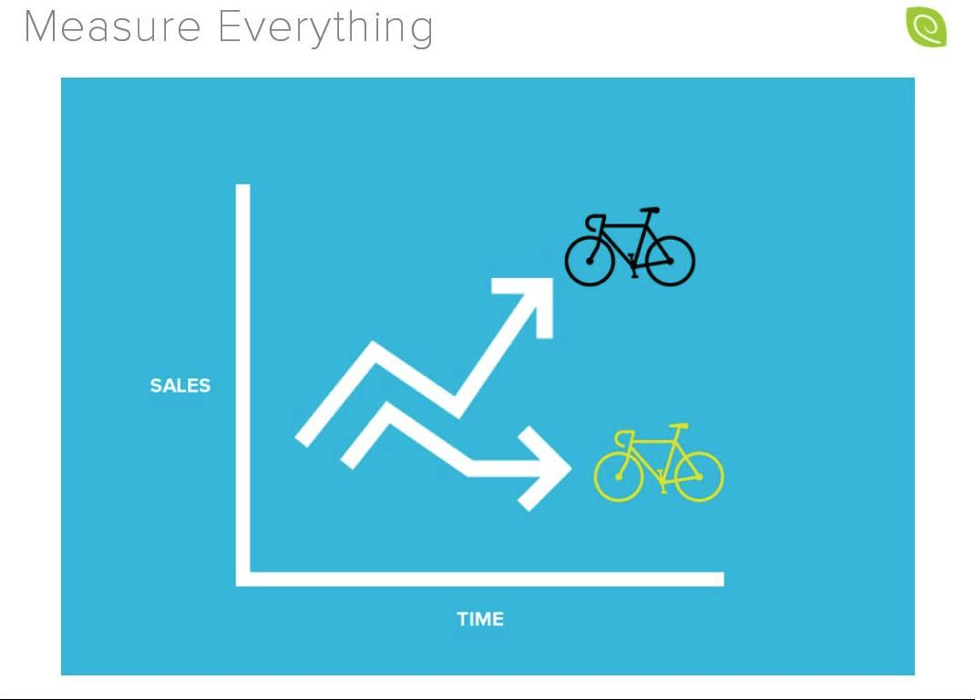
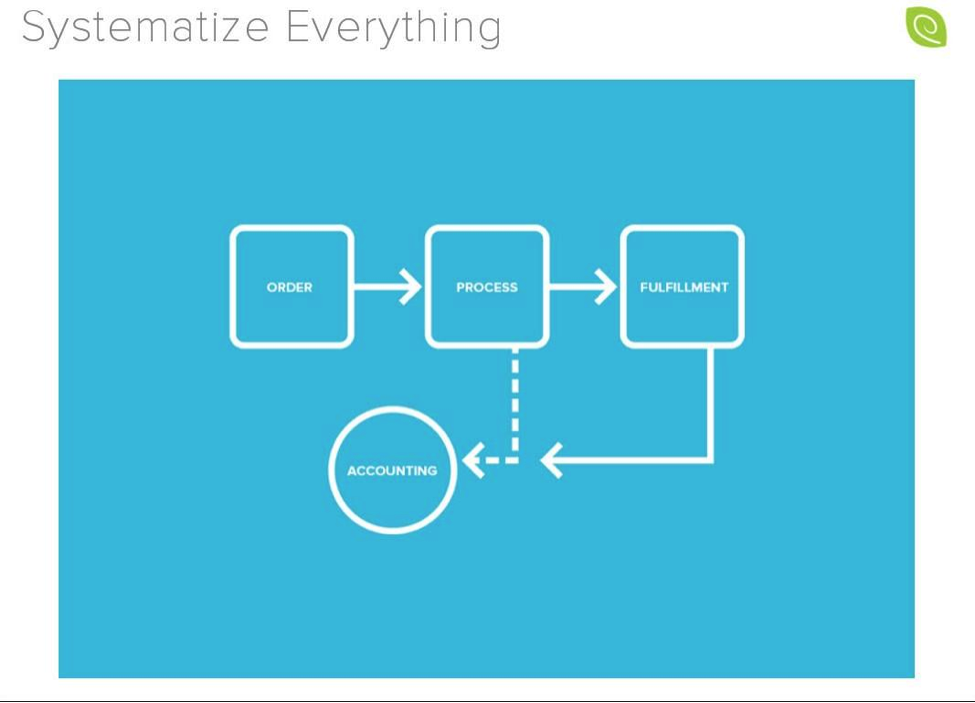
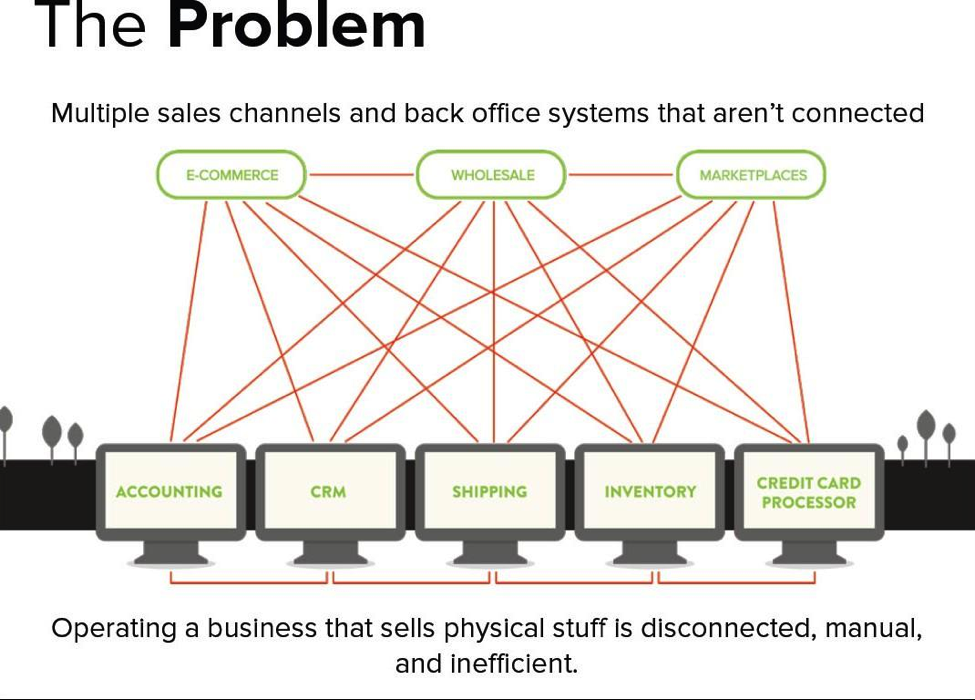
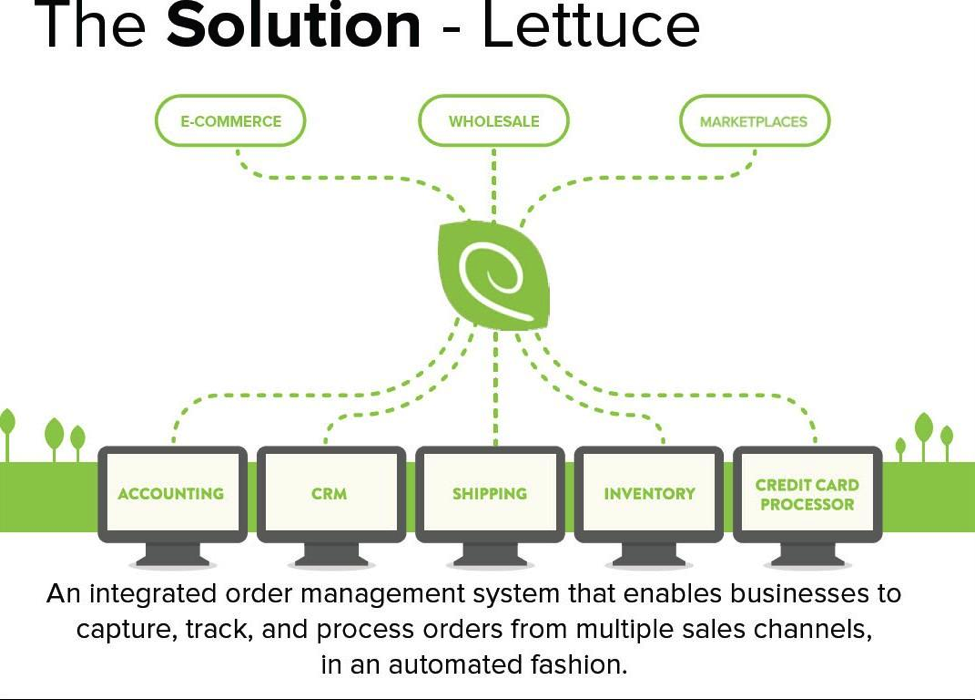
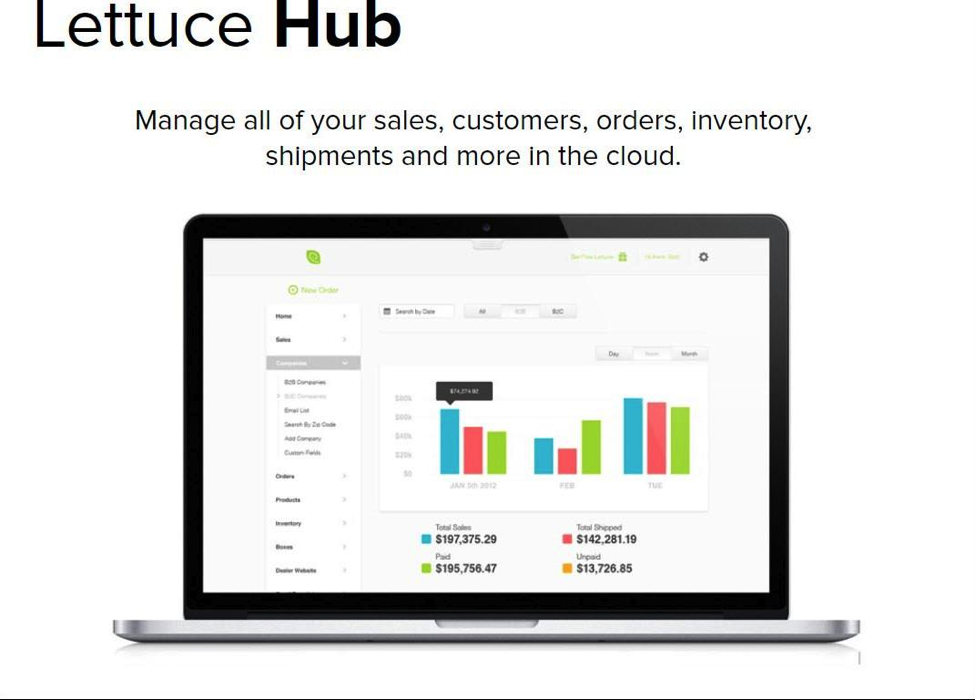
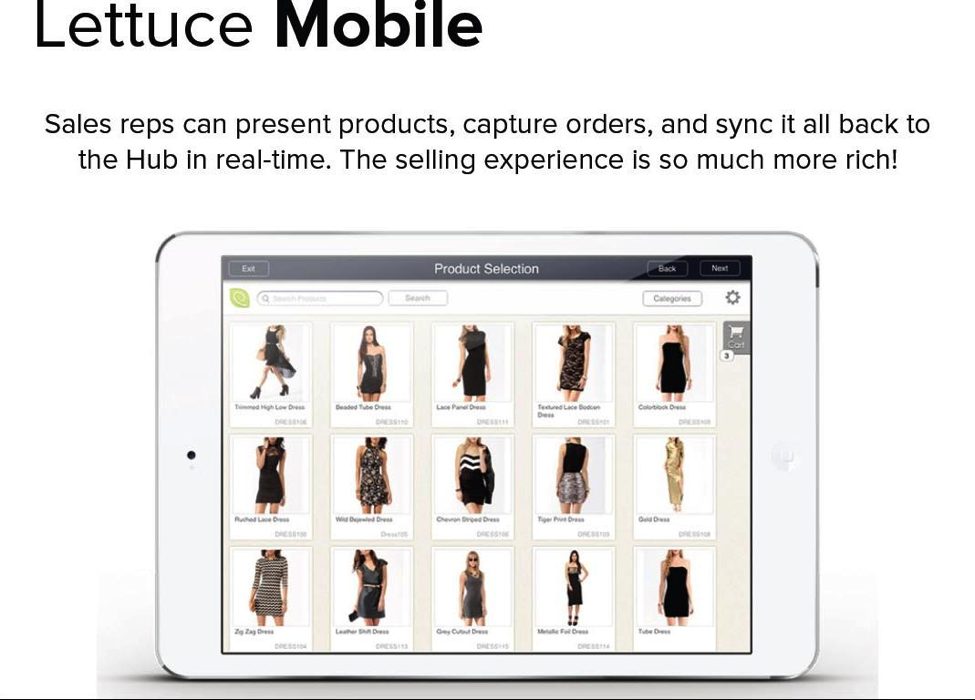
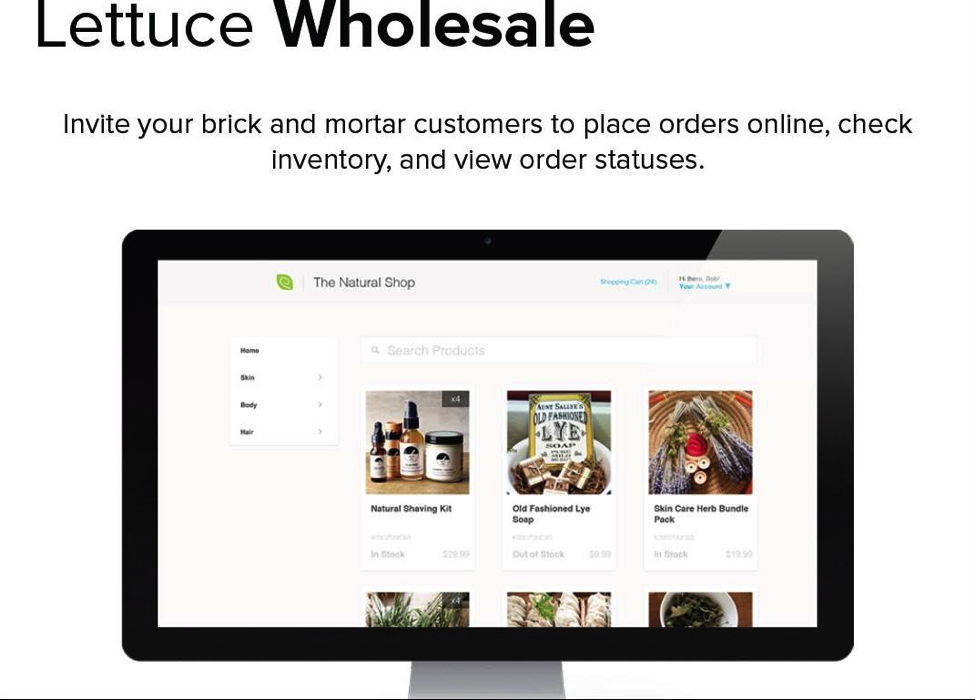
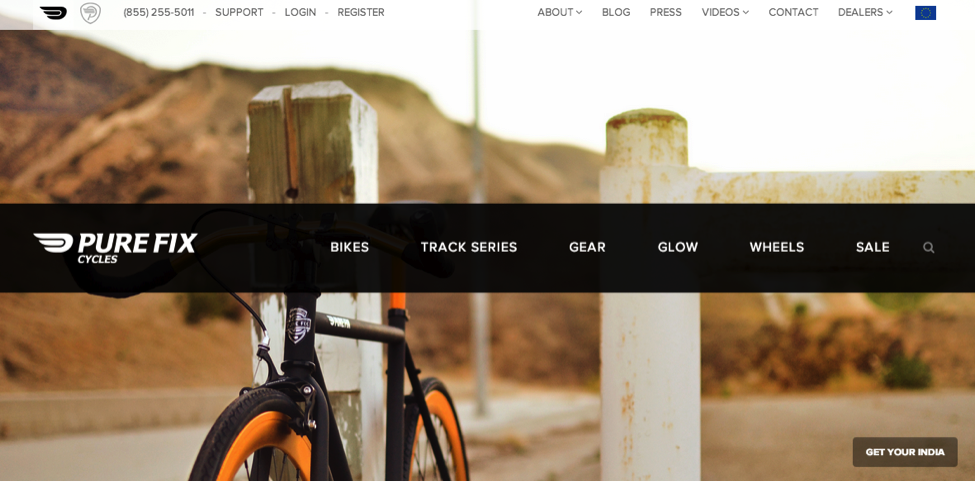
Comments